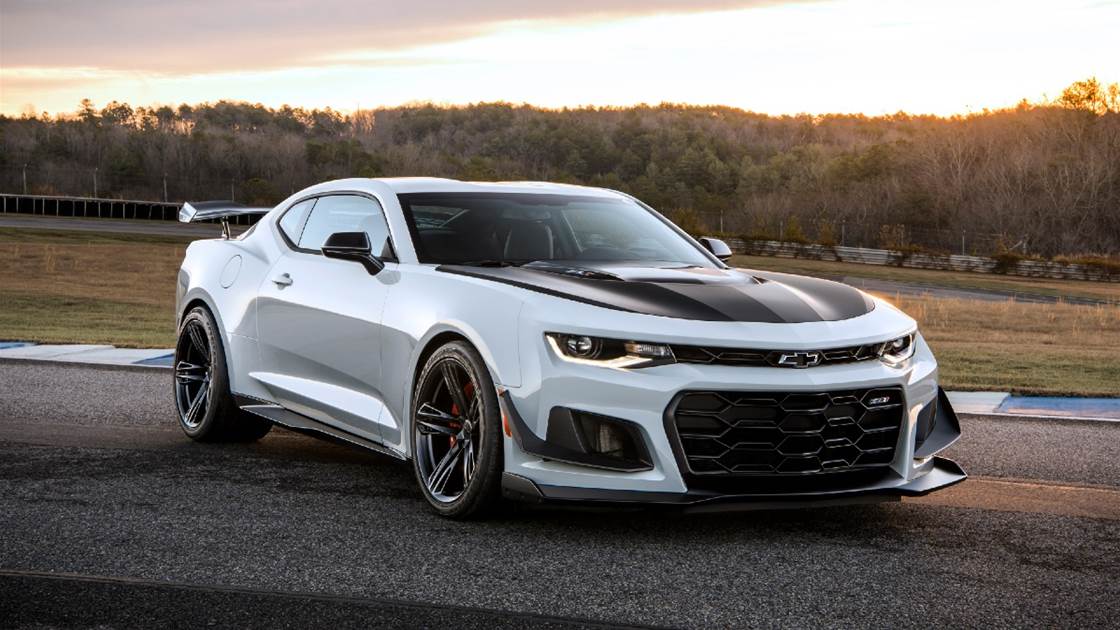In recent years, car enthusiasts have increasingly turned to underglow lighting to enhance the look of their vehicles. This stylish modification adds personality and flair, but many are left wondering about its legal status in various states, particularly Wisconsin. Here’s a closer look at whether underglow is legal in Wisconsin and the regulations car owners need to be aware of.
What is Underglow Lighting?
Underglow lighting refers to vibrant lights installed beneath a vehicle, often creating a stunning glow effect that serves both aesthetic and mood-setting purposes. Typically, these lights are LED-based and come in various colors, allowing drivers to customize their vehicles according to personal preferences or even coordinate with personal branding.
These lights can highlight a car’s design during nighttime drives, offering an eye-catching appearance. However, while they add an enticing visual element, it’s essential to recognize the legal implications of using underglow lighting on public roads, especially in states like Wisconsin.
Understanding Wisconsin Vehicle Laws
Before considering any modifications, it’s crucial for car owners to familiarize themselves with Wisconsin’s vehicle laws. The Wisconsin Department of Transportation (WisDOT) applies a range of regulations governing vehicle equipment and lights, which limits the types of lighting permitted.
In general, state laws dictate what lighting vehicles can use, especially regarding colors visible from the front, rear, and sides. While white lights are reserved primarily for headlights, red lights are for taillights and signal indicators. Any additional lights must adhere to regulations, or car owners may face legal consequences.
Underglow and Color Restrictions
In Wisconsin, the color of the underglow lights significantly determines their legality. Generally, blue and red lights are typically off-limits for use on private vehicles, as these colors can be confounding for law enforcement and lead to potential safety issues. For instance, blue lights are restricted because they are often associated with police vehicles, and red lights are used to signal the presence of a vehicle or enhance visibility.
While other colors like green, yellow, and white can legally be used for decorative purposes, it’s important to ensure that these lights do not interfere with standard vehicle lighting functions or make driving hazardous. For example, using flashing lights, which could potentially distract other drivers, might also run afoul of state vehicle codes.
Legal Implications of Underglow Use
Car owners must understand the consequences of non-compliance with state regulations. If a vehicle is found to have unlawful underglow lighting, the driver may be subjected to fines and penalties. Additionally, being pulled over by law enforcement could lead to citations for violating traffic laws, which could reflect poorly on a driver’s record.
Moreover, it’s essential to consider that local jurisdictions can have their own regulations regarding vehicle lighting, which can differ from state laws. Car owners should check with their local municipalities to ensure compliance with specific ordinances, as some areas might have stricter rules surrounding underglow lighting than those listed by WisDOT.
Aftermarket Lighting Kits
Those considering underglow lighting often opt for aftermarket kits. These kits are designed to be easy to install and often come with various color options and light modes, increasing their appeal. However, just because a kit is commercially available doesn’t mean it’s street-legal.
When shopping for aftermarket lighting kits, carefully read the product specifications and guidelines. Look for kits that explicitly comply with state and local regulations, and avoid features that include flashing or strobing capabilities, which may be viewed as distracting or confusing for other drivers.
Installing Underglow Ethically
Car enthusiasts should not only focus on the visual appeal of their modifications but should also keep safety in mind. Strategically planning the installation and ensuring compliance with regulations is essential to enjoy the aesthetic benefits of underglow lighting without facing legal ramifications.
Proper installation can also prevent unintentional distractions while driving. For example, ensure that underglow lighting does not obstruct headlights or other essential vehicle lights, as this could endanger both the driver and other motorists on the road.
Alternatives to Underglow
If legal compliance regarding underglow lighting is a concern, car owners may want to consider alternatives that still enhance the aesthetic appeal of their vehicles. Options such as wheel well lights that shine down onto the road or interior LED lighting can add flair without running afoul of Wisconsin laws.
These alternatives allow for creative expression while minimizing the risk of legal issues associated with underglow lighting. Additionally, using simple yet effective accent lights that remain within legal parameters can still provide the desired visual effects.
Conclusion
In conclusion, while underglow lighting can bring a unique style to any vehicle, car owners in Wisconsin must be diligent about understanding local and state laws. Many colors associated with underglow are restricted, and the use of flashing or strobe lights could lead to citations. By taking conscientious steps to comply with regulations and prioritize safety, car enthusiasts can effectively enjoy the artistic aspects of vehicle modification without facing legal repercussions. Car owners should keep open communication with local authorities and stay informed about updates to vehicle laws, ensuring a hassle-free experience on the road.
FAQs
1. Are there specific regulations for underglow lighting in other states?
Yes, different states have varying regulations regarding vehicle lighting. Some may have more stringent restrictions, while others may allow broader usage. Always check the specific laws in your state before installing underglow lighting.
2. Can I get a ticket for having underglow lights on my car?
Yes, if your underglow lights are deemed illegal based on state or local regulations, you could be ticketed or fined. It’s crucial to understand the laws surrounding vehicle lighting to avoid any issues.
3. What colors are typically legal for underglow lights?
Commonly accepted colors for underglow lights can include green, yellow, and white. However, colors such as red and blue are often reserved for emergency vehicles and are typically illegal for private vehicle use.
4. Can I use underglow lights while driving?
Generally, it’s best to use underglow lights when parked or displayed at shows. Using them while driving may attract unwanted attention from law enforcement, and could potentially be classified as a distraction.
5. Will my car insurance be affected by modifications like underglow lights?
Modifications can impact your insurance coverage, especially if they lead to illegal activity. Always communicate with your insurance provider about any modifications, including underglow lights, to ensure you remain covered.



